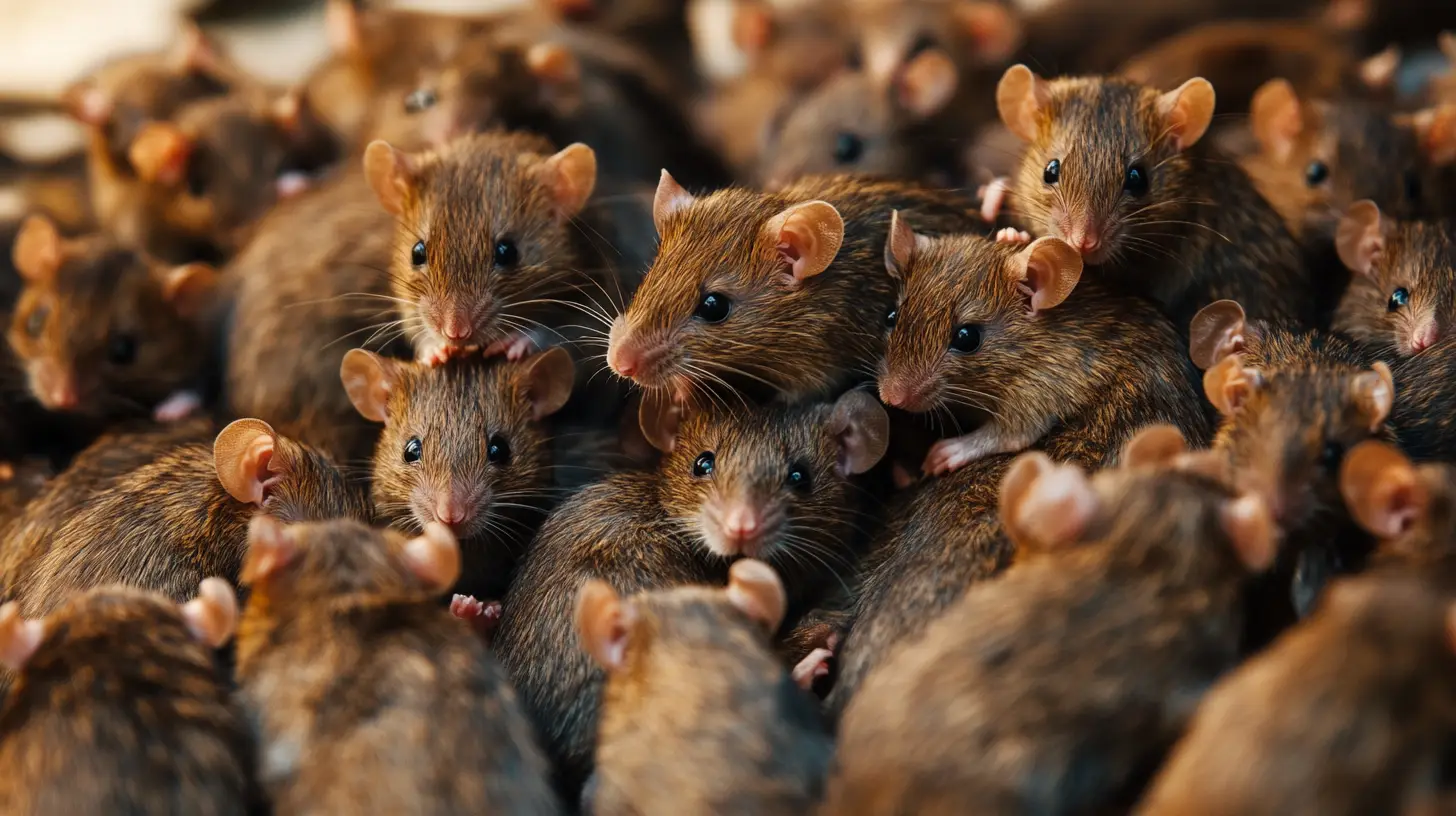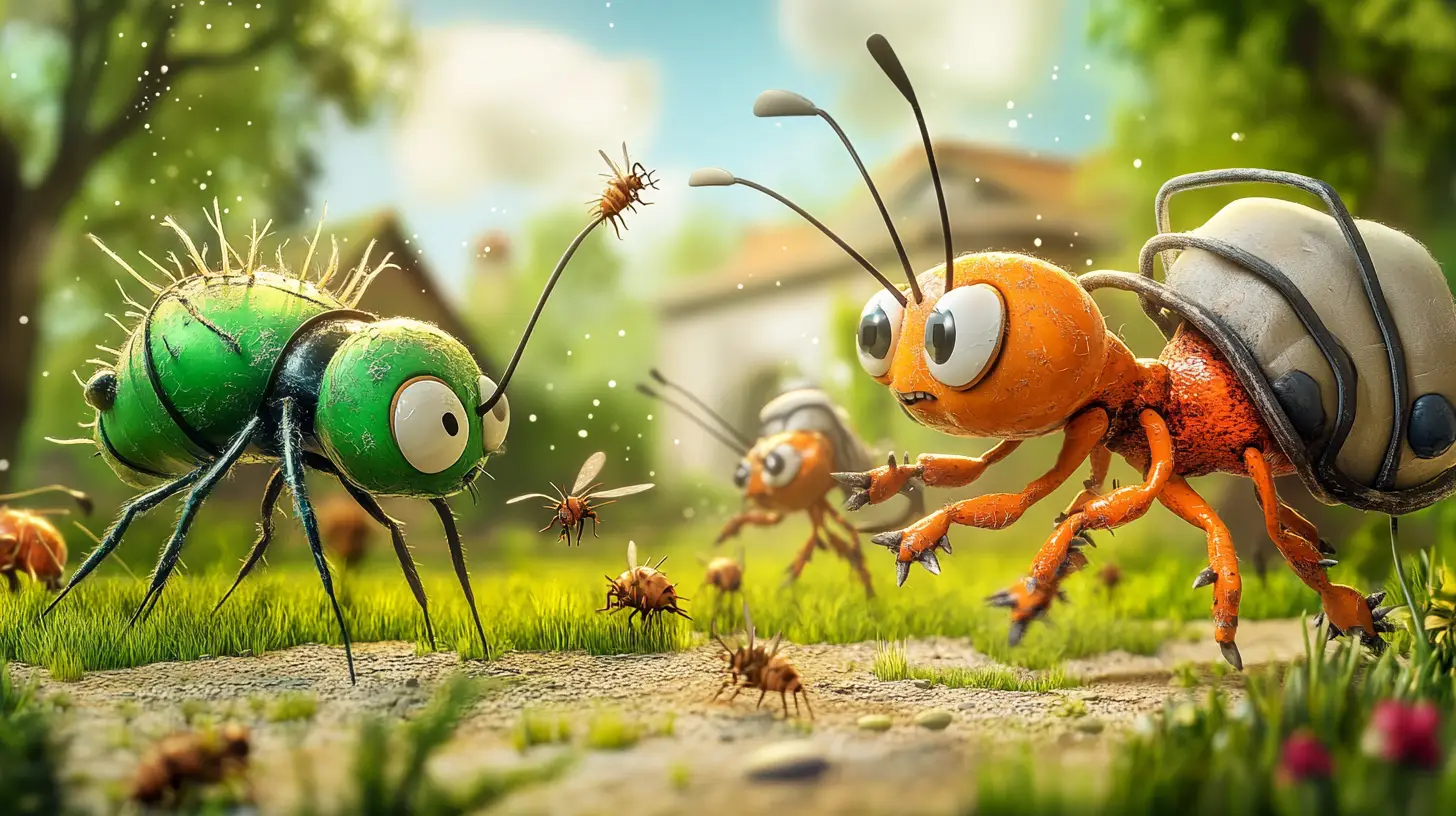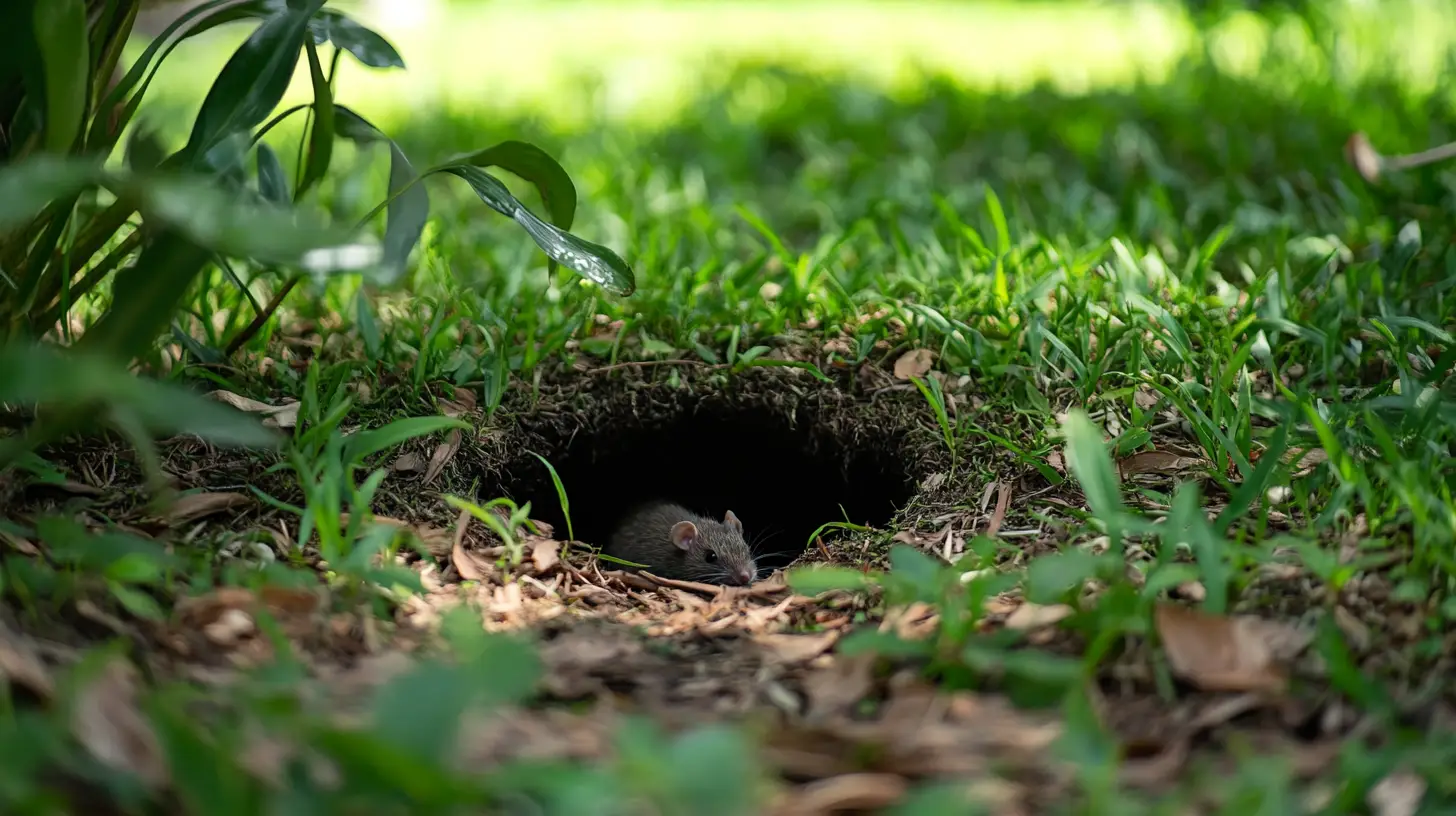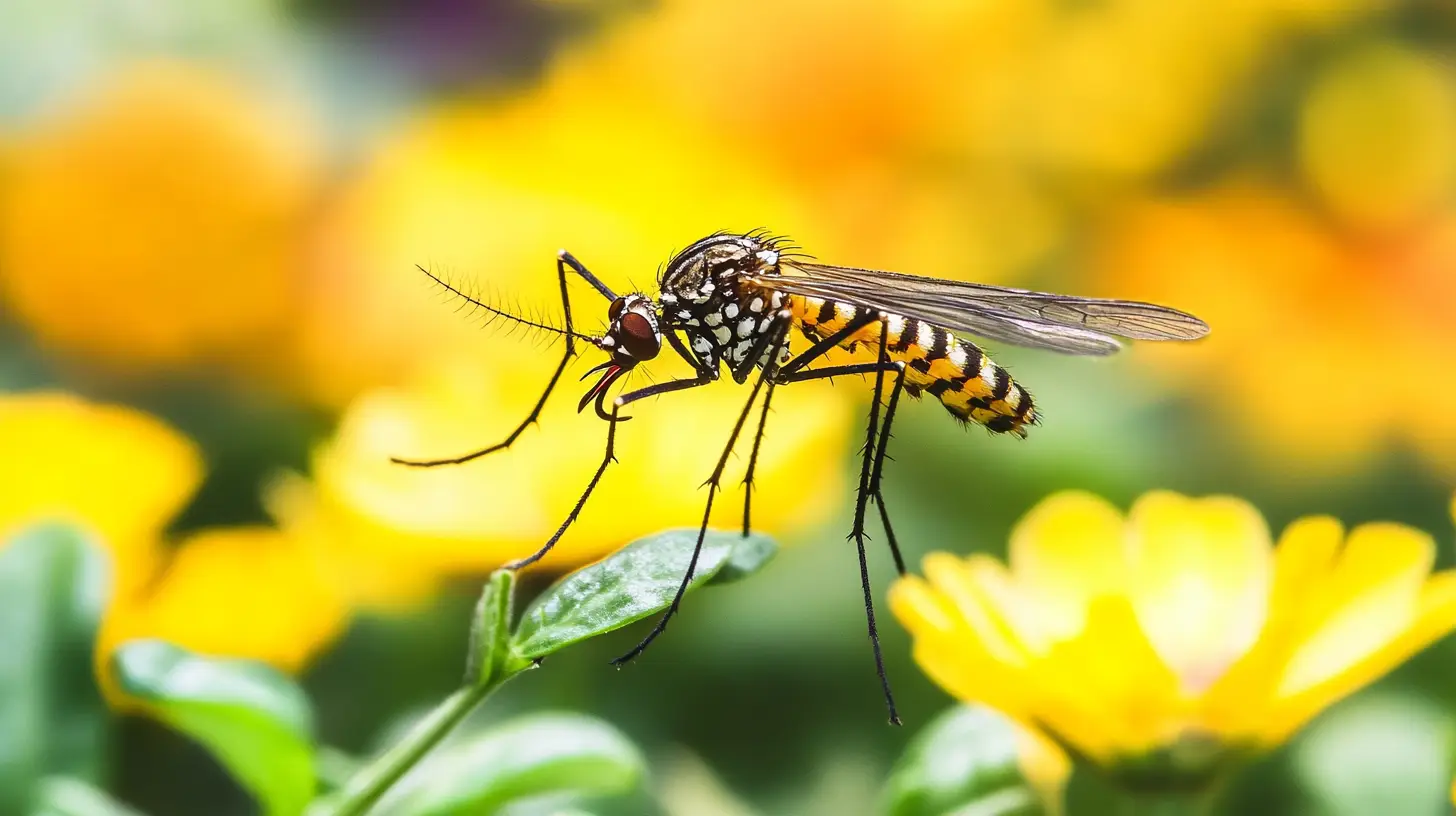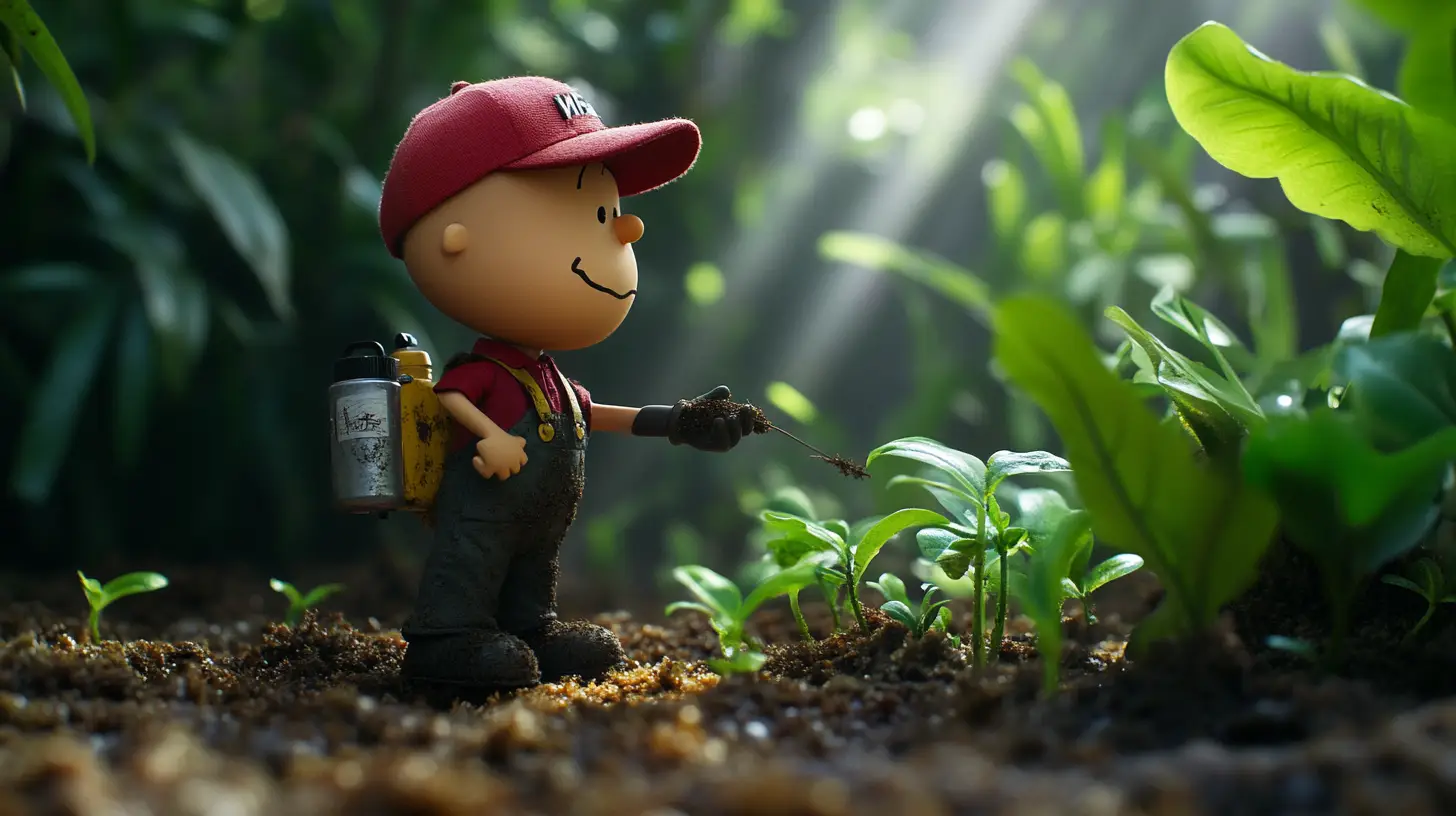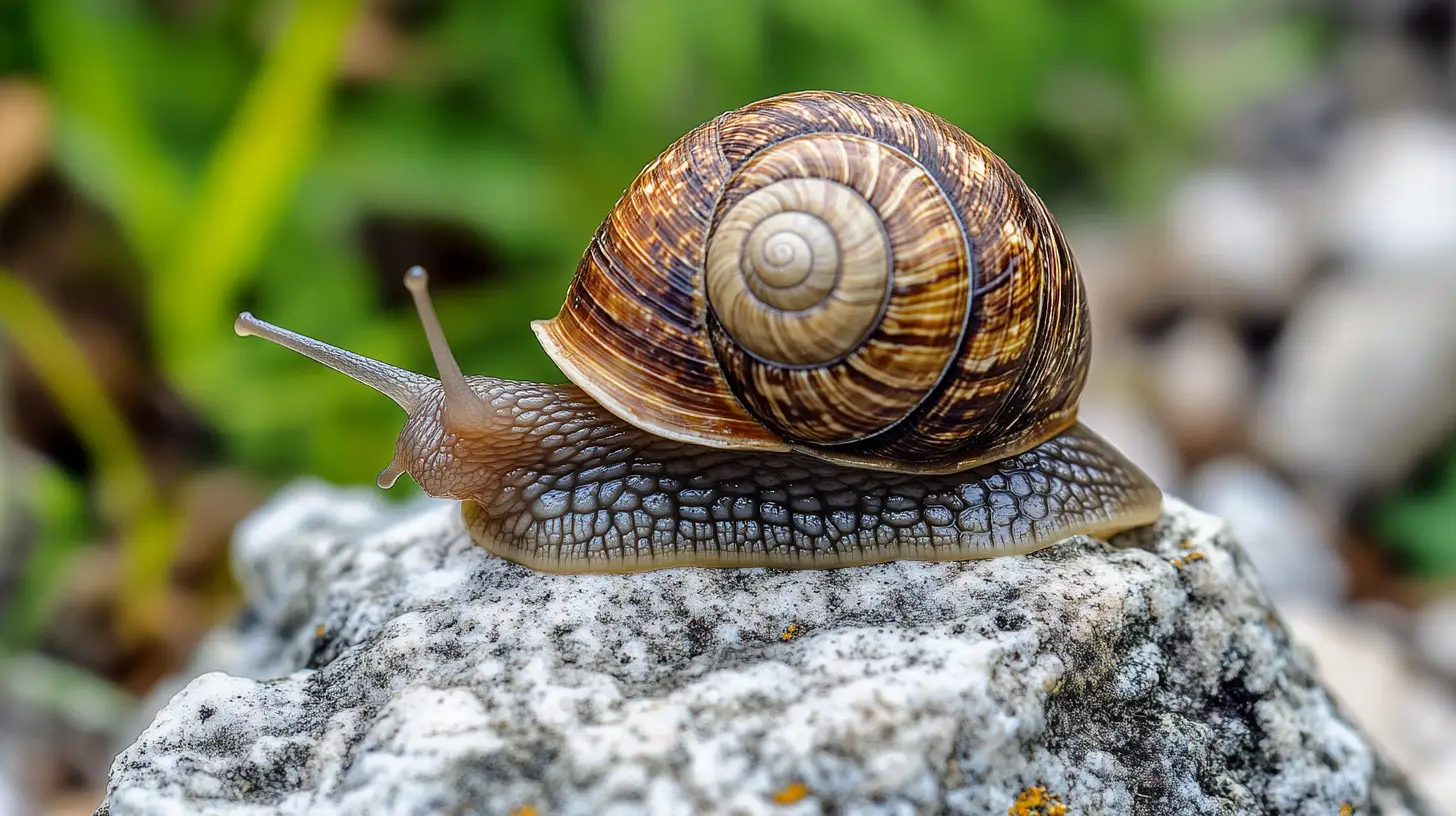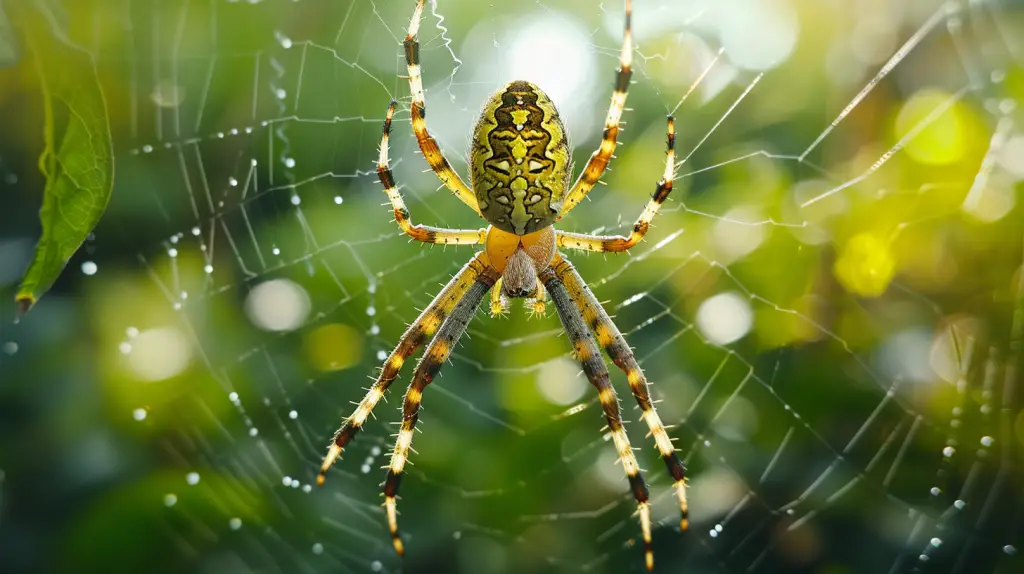
Table of Contents
Ever stumbled upon a striking black and yellow spider in your garden and wondered about its story? The yellow garden spider, also known as Argiope aurantia, is a fascinating creature with a lot more to offer than just its eye-catching appearance. Even though their intimidating look, these spiders are actually beneficial to your garden ecosystem.
Did you know that female yellow garden spiders can grow over an inch long, while males are significantly smaller? Their webs, adorned with a unique zigzag pattern called the stabilimentum, are not just for show—they play a crucial role in catching prey. By understanding these spiders, you’ll discover how they contribute to pest control, making your garden healthier and more vibrant.
Key Takeaways
- Identification and Characteristics: The yellow garden spider (Argiope aurantia) is easily recognized by its striking yellow and black pattern. Females are much larger than males, with distinct zigzag patterns in their webs.
- Habitat and Distribution: These spiders are widespread across Central and North America. They thrive in gardens, shrubbery, and sunny open areas, playing a crucial role in pest control.
- Behavior and Ecology: Yellow garden spiders build intricate orb webs with unique stabilimenta and are most active during daytime. Their presence benefits garden health by controlling pest populations.
- Diet and Predation: Primarily feeding on small flying insects, yellow garden spiders use their webs to capture prey. They face predation from birds, wasps, and small mammals.
- Reproduction and Lifecycle: Males seek females through web-plucking, and females produce large egg sacs containing hundreds of eggs. These spiders undergo several developmental stages to reach adulthood.
- Conservation Status: Yellow garden spiders have a stable population and are not considered at risk. Despite natural predators, no special conservation efforts are currently necessary.
Identification and Description
The yellow garden spider (Argiope aurantia), a common garden inhabitant, is easily identifiable by its striking appearance and large, intricate webs.
Physical Characteristics
Female: Female yellow garden spiders are larger, with body lengths ranging from 19-28 millimeters. They possess a silver-haired carapace and eight procurved eyes, with the lateral four almost touching on humps at the front. Their legs are mainly black with femora showing yellow to red hues, while the front legs remain entirely black. The abdomen, an elongated oval, features a precise yellow and black pattern with anterior humps.
Male: Male yellow garden spiders are significantly smaller, measuring only 5-8 millimeters in length. Their legs are lighter compared to females.
Common Variants and Misidentifications
Due to their distinctive appearance, yellow garden spiders are seldom misidentified. But, smaller males may be mistaken for juvenile or other spider species like the nursery web spiders. Misidentifications can occur, so focusing on the unique yellow and black abdominal pattern and the size difference between males and females aids proper identification.
Habitat and Distribution
The yellow garden spider, Argiope aurantia, is a widespread species with a broad geographic range and preferred habitats that set it apart from other spiders like the nursery web spiders.
Geographic Range
You can find the yellow garden spider throughout Central and North America. In the United States, they are prevalent, particularly in the eastern and central regions. They extend north into southern Canada and south into Mexico and Central America, covering a significant portion of the continent. These spiders thrive in various climates, making them a familiar sight in many areas.
Preferred Habitats
When looking for yellow garden spiders, check gardens, shrubbery, and areas with small plants. They often build their intricate orb-shaped webs here. Also, they favor open sunny fields adjacent to gardens, as these fields provide protection from the wind, making it easier for them to capture prey. You’ll also find them in tall grasslands and grassy areas near houses, where their large webs help keep pest populations in check. This consistent habitat preference makes it easier to predict where you might encounter these beneficial spiders.
Their distinct web patterns and strategic location choices help differentiate them from other spider types, ensuring pest control and garden health maintenance.
Behavior and Ecology
The yellow garden spider plays a crucial role in the ecosystem. Understanding their behavior and ecological impact can help you appreciate their presence in your garden.
Web Building Techniques
Yellow garden spiders build large, intricate orb webs. These webs often include stabilimenta, which are zigzag patterns in the web’s center. According to Blackledge and Wenzel (1999), stabilimenta’s role remains debated—whether it attracts prey or deters predators is unclear. Webs are typically placed at high points in vegetation, facing away from dense vegetation and angled downhill for optimal prey capture.
Daily and Seasonal Activity Patterns
Daily activity peaks during daylight hours, especially in the morning. Spiders often repair their webs during this time after the damage caused by wind or trapped prey. Seasonally, these spiders are most active in late summer and fall. Winter survival depends on the protection of their egg sacs, which are strategically placed to avoid predators and environmental stressors (Lockley and Young, 1993).
By ingraining these behaviors and ecological insights, you can better manage and coexist with these beneficial garden allies.
Diet and Predation
Yellow garden spiders, Argiope aurantia, play a crucial role in controlling insect populations. Their diet, web-building techniques, and natural predators offer valuable insight into their ecological significance.
Feeding Habits
Yellow garden spiders are carnivorous. They feed primarily on a variety of small flying insects, including:
- Dragonflies and damselflies (Odonata)
- Flies (Diptera)
- Mayflies (Ephemeroptera)
- Beetles (Coleoptera)
- True bugs (Hemiptera)
- Grasshoppers (Orthoptera)
- Butterflies and moths (Lepidoptera)
These spiders construct orb-shaped webs to capture their prey. Being crepuscular, they are most active during morning and evening hours. You’ll typically find them resting at the center of their webs, feeling for vibrations from intruding prey. Once prey is trapped, they wait until it stops moving before wrapping it in silk using techniques like throwing, rotational swathing, or walking swathing. Then they envenomate the prey, liquefying its internal organs for consumption.
Natural Predators
Although yellow garden spiders are efficient predators, they also face threats from various natural predators. These include:
- Birds: Numerous bird species see the yellow garden spider as a nutritious meal.
- Wasps: Some wasps inject their eggs into the spider’s body, providing the larvae a host to feed on as they develop.
- Lizards and small mammals: These predators can also capture and consume the spiders, particularly when they’re more accessible on their webs.
By understanding their feeding habits and natural predators, you can better appreciate the ecological role yellow garden spiders play in maintaining a balanced ecosystem.
Reproduction and Lifecycle
The yellow garden spider, Argiope aurantia, exhibits fascinating reproductive behaviors and undergoes several development stages that ensure the continuation of its species.
Mating Behaviors
Yellow garden spider males actively seek out females by plucking at their webs, a courtship behavior. Males mature between July and August, dedicating most of their lives to finding a mate. They often construct small webs near or on a female’s web to increase their chances of mating.
After mating, the female deposits one or multiple egg sacs on her web. Each brown, papery egg sac contains between 300 to 1,400 eggs. This protective sac secures the eggs until they hatch.
Development Stages
Egg Stage: Females produce and attach egg sacs to the web. These sacs can contain up to 1,400 eggs. Eggs may hatch within the same year in warmer climates, but in colder regions, they remain dormant and hatch the following year.
Hatchlings: Hatchlings resemble tiny adults and emerge from the egg sac in late summer or autumn. They then become dormant until the following spring. Unlike some spiders, yellow garden spider hatchlings do not undergo significant anatomical changes as they grow.
These development stages and mating behaviors are critical for the yellow garden spider’s lifecycle, enabling them to thrive in various environments.
Conservation Status
The yellow garden spider, Argiope aurantia, has a stable conservation status. This species isn’t currently considered at risk and doesn’t require special conservation efforts.
Threats and Conservation Efforts
Threats
- Parasitic Wasps: These wasps target the eggs of yellow garden spiders, reducing the survival rate of spiderlings.
- Birds: Various bird species prey on adult spiders, contributing to adult spider mortality.
- Lizards and Shrews: Both lizards and shrews also hunt adult yellow garden spiders, adding to the challenges faced by this species.
Even though these natural threats, yellow garden spiders maintain stable populations across North and Central America. They play an important role in controlling pest populations, such as grasshoppers, in gardens and rangelands, aiding the ecosystem’s balance.
Conservation Efforts
Yellow garden spiders are not classified under any special conservation status:
- IUCN Red List: No special status
- US Federal List: No special status
- CITES: Not listed in any appendix
- State of Michigan List: No special status
Due to their stable population and low-risk status, no targeted conservation actions are currently in place or necessary for yellow garden spiders. Researchers also focus on studying their web production and venom action, which could provide valuable insights into materials science and neurophysiology.
Frequently Asked Questions (FAQs)
What are the physical traits of the yellow garden spider?
The yellow garden spider, Argiope aurantia, is known for its distinctive black and yellow coloring. Females are larger than males, with body lengths ranging from 0.75 to 1.1 inches. They have long legs with black and yellow banding.
Where can you find yellow garden spiders?
Yellow garden spiders are commonly found in gardens, fields, and woodlands across Central and North America. They thrive in areas with abundant vegetation and a good supply of insects.
Are yellow garden spiders beneficial for gardens?
Yes, yellow garden spiders are beneficial because they help control pest populations. They prey on insects like mosquitoes, flies, and gnats, which can be harmful to plants and humans.
How do yellow garden spiders build their webs?
Yellow garden spiders build orb-shaped webs, often in sunny, sheltered areas. They create intricate circular webs that can be up to 2 feet in diameter, using a combination of sticky and non-sticky silk.
What is the behavior of yellow garden spiders?
Yellow garden spiders are diurnal and most active during the day. They often sit in the center of their webs, waiting for prey. Females are known to rebuild parts of the web daily.
Are yellow garden spiders dangerous to humans?
No, yellow garden spiders are not dangerous to humans. Their venom is not harmful to people and primarily serves to subdue their insect prey.
How do yellow garden spiders reproduce?
Female yellow garden spiders lay egg sacs in late summer to early fall. Each sac can contain several hundred eggs. The spiderlings hatch in the spring and disperse by ballooning.

